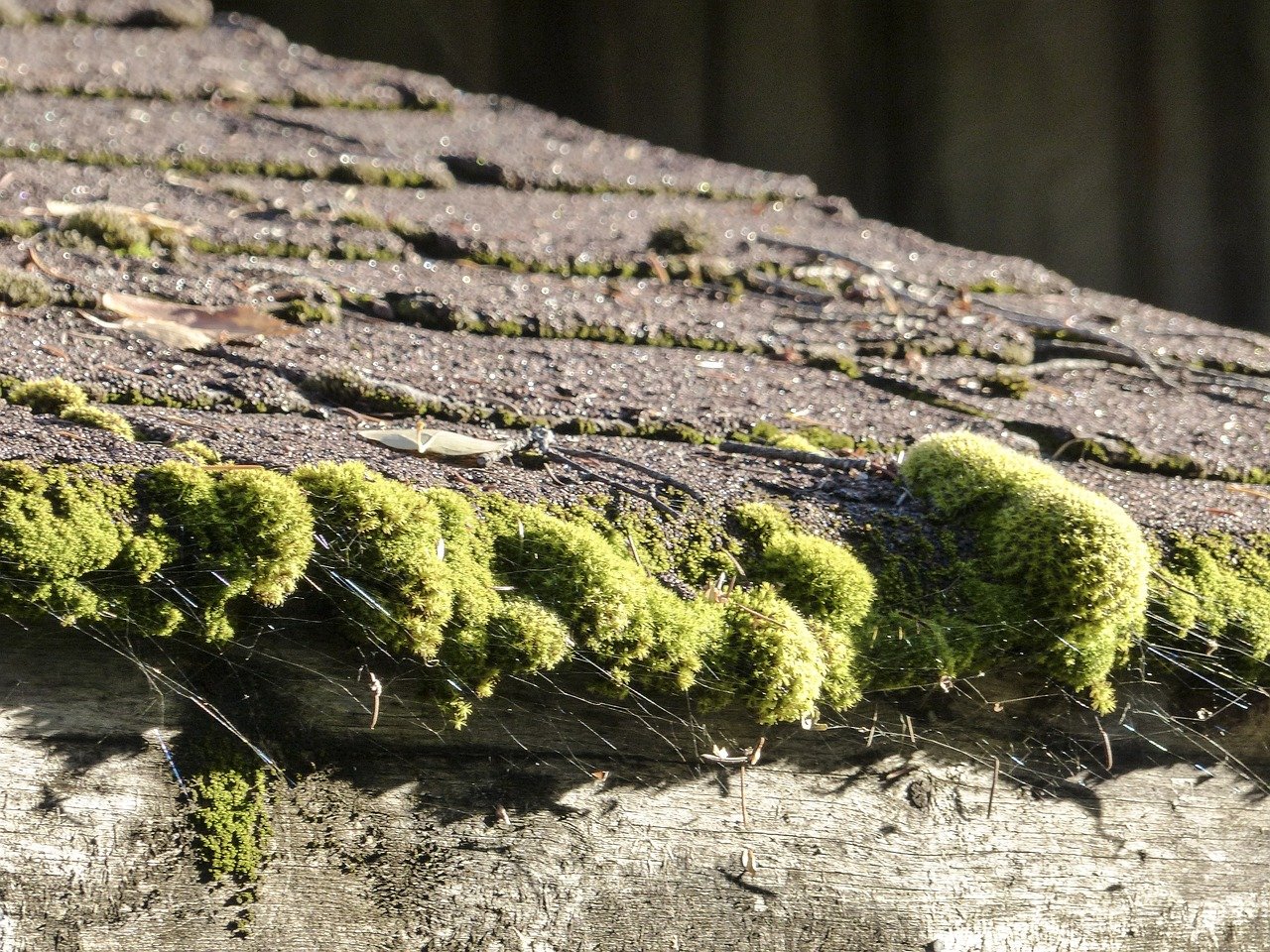How GoNano Sealant Outperforms Traditional Concrete Sealers
Introduction
Overview of Concrete Sealers
When you are shopping for concrete sealants, you will likely see penetrating sealers and surface sealers. Among the surface sealers are acrylic, epoxy, and polyurethane. With so many different sealers, it is hard to know which one to go with for your particular situation. While they all have their pros and cons, GoNano stands out as a versatile and durable product backed by science.
Introduction to GoNano Sealant
GoNano Cement Saver sealant is made up of nanoparticles that structurally change your concrete to make it twice as strong and last much longer. GoNano sealant goes on in one day and can add 10-15 years to the lifespan of your concrete. Beyond that incredible effect, it protects your concrete from a slew of other threats to your concrete’s appearance and performance.
Purpose of the Comparison
Comparing traditional concrete sealers to GoNano shows the added benefit of innovative technology and helps you make your own decision about the best concrete sealer for your specific needs. In this article, we will define what makes GoNano different from some traditional types of concrete sealants.
The Science Behind Concrete Sealants
How Traditional Concrete Sealers Work
Many concrete sealers, such as acrylic, polyurethane, and epoxy sealers, work by adding a protective outer covering to concrete. This added layer protects the concrete from its main threat: moisture. When moisture permeates the surface of concrete, it wreaks havoc from the inside. It freezes and thaws, resulting in cracks and scaling. Many of these traditional sealants are effective, but they have to be reapplied in order to remain effective.
Introduction to Nanotechnology in Sealants
What sets GoNano Cement Saver apart from topical concrete sealants is the fact that millions of nanoparticles alter the molecular structure of the concrete, resulting in a stronger and more durable material. These nanoparticles reduce the likelihood of water getting in and damaging the concrete for years after a single application.
The Advanced Science of GoNano Sealant
Not only do these nanoparticles, which are 1000x smaller than a micrometer, fill in the tiny pores that allow moisture into concrete, but GoNano sealant provides protection against staining, discoloration, and more. Salt, algae, and even UV radiation from the sun don’t stand a chance against GoNano’s tech.
Performance Comparison
Durability and Lifespan
A single treatment of GoNano on your concrete surface can easily be completed in a single day. The effects last 10-15 years! Many other sealers have to be replaced every 2 years or so. You should act while your concrete is still new to get the maximum effect.
Protection Against Stains and Damage
GoNano’s Cement Saver reduces damage from salts, chlorine, cyanobacteria, and UV radiation. While water is the primary concern for concrete longevity, these other hazards can degrade concrete’s looks and strength. Cyanobacteria can lead to unsightly and dangerous growth that can make surfaces slippery when wet.
Environmental Resistance
GoNano’s Cement Saver makes your concrete more resistant. That means storms, hail, sleet, snow, and intense sunshine are less likely to damage your concrete. Just like with their shingle products, GoNano’s Cement Saver looks to weatherproof your home or business’ concrete surfaces by making them stronger.
Application and Maintenance
One of the greatest things about Gonano’s products is that they go on fast and easily and rarely need maintenance. After the initial application, you may not need to worry about your concrete for another decade!
Economic and Environmental Impact
Cost-Effectiveness Over Time
The fact that GoNano’s Cement Saver goes on in a single application and doesn’t need to be reapplied for so long is what makes it truly a time-saving and cost-effective way to manage your concrete surfaces. Not having to check and reapply every couple of years saves time and money in the long run.
Environmental Sustainability
Many commercial and residential home-improvement products have negative environmental impacts. It is important to consider this when choosing products for your home or business. OSHA has categorized GoNano products as “quickly biodegradable” and “no harm to aquatic organisms.” That means you don’t need to be concerned about chemical runoff entering any streams or ponds near your cement surfaces.
Real-World Applications and Case Studies
Residential Applications
Whether you have a concrete driveway, garage, patio, or sidewalk, protecting the concrete surfaces on your property is a key component to protecting your investment into your home. Keeping your household’s cement protected not only keeps it looking good but preventing cracks improves the safety of your home as well. Things like backyard basketball courts and pathways can become dangerous with cracks and scaling.
Commercial and Industrial Applications
For many, their concrete is the literal foundation of their business. Factory floors, studios, car garages, and businesses of all kinds are built on cement floors. Protecting that foundation in a simple and cost-effective way can ensure that your business is built to last. With a guarantee of 10 years, choosing GoNano is simply good business.
Conclusion
Summary of Key Points
To summarize, protecting concrete surfaces and structures is incredibly important in both residential and commercial sectors. A wide variety of concrete sealers are available, but some are better than others. Specifically, GoNano offers science-backed, guaranteed protection that is also environmentally friendly and cost-effective.
Final Verdict on GoNano vs. Traditional Sealers
Many traditional sealers simply create a temporary barrier against the elements that are prone to degrade over a relatively short period of time and require time-consuming and expensive reapplications. GoNano actually permanently changes the molecular structure of concrete, filling in pores and protecting the concrete by strengthening it from the inside out.
Future Outlook for Concrete Sealant Technology
In our ever-industrializing modern world, concrete has become one of the most abundant substances on the planet. With all that concrete, there is a vested interest in preserving existing concrete structures and surfaces and creating new ways to do so effectively, cheaply, and in a way that does less harm to the planet. Companies like GoNano that have emphasized innovation and sustainability are likely the way of the future.



